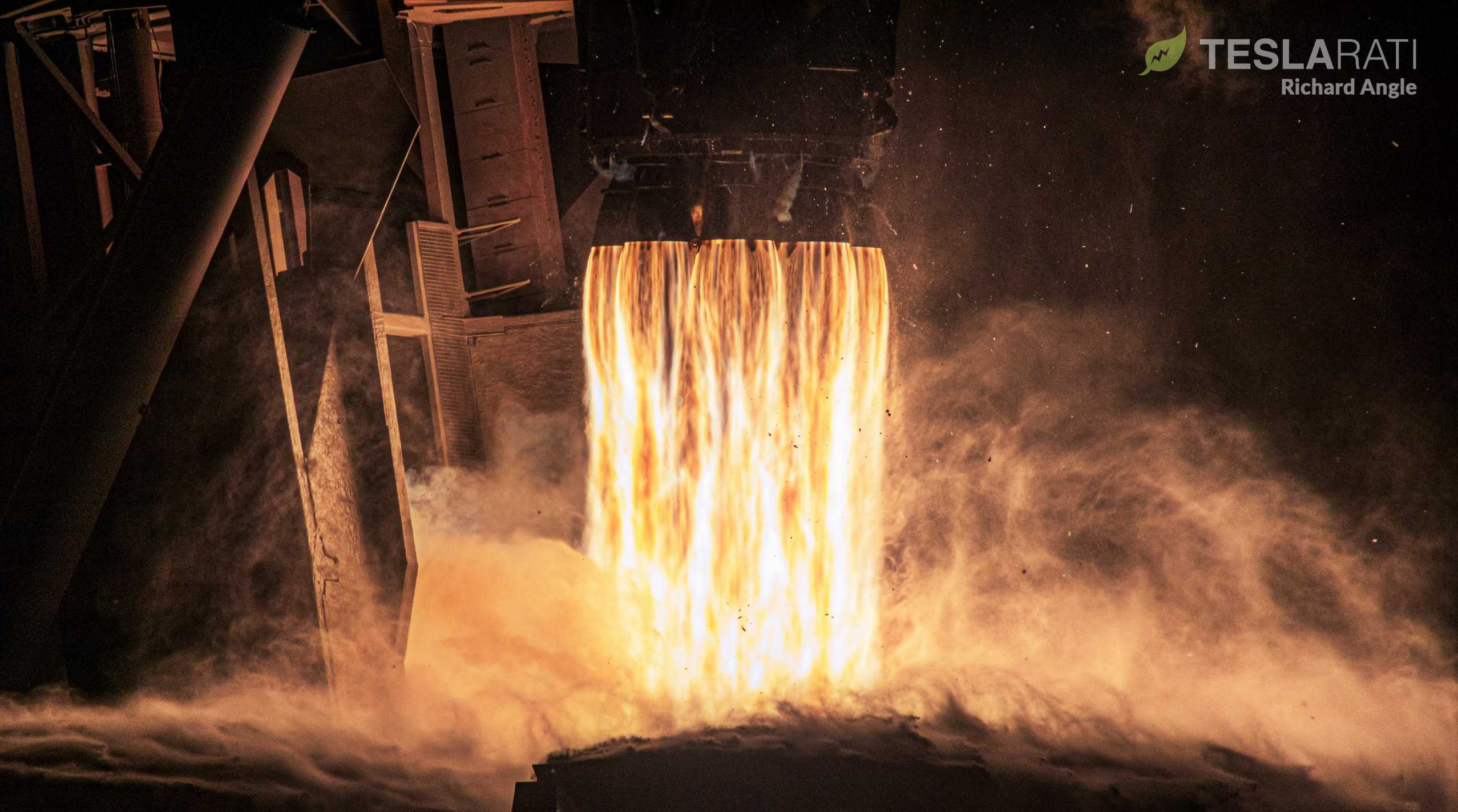
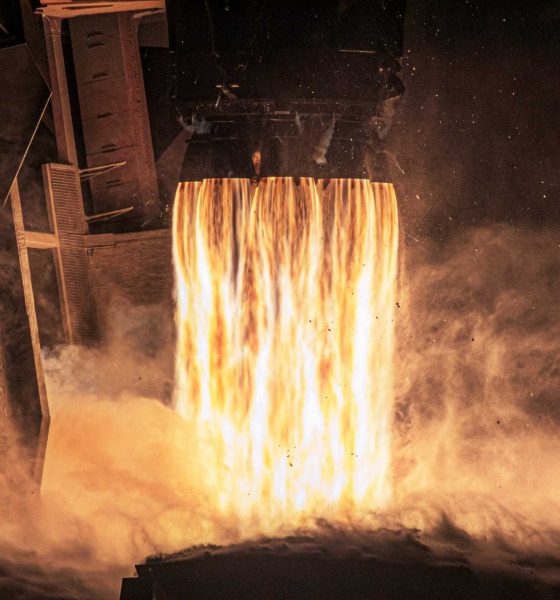
News
SpaceX on track for first four-launch month ever
With the first mission under its belt, SpaceX is on track to complete four orbital-class launches in a single month for the first time ever, an encouraging sign as it seeks to rapidly deploy its Starlink constellation.
A June 3rd launch of 60 Starlink v1.0 satellites – the seventh such mission – kicked off SpaceX’s potentially record-breaking month while also marking the first time a Falcon 9 booster has successfully launched and landed five times. Itself coming just a week after SpaceX successfully launched NASA astronauts to the International Space Station for the first time ever, the company has done the exact opposite of resting on its laurels after that historic achievement.
Aside from Starlink V1 L7, SpaceX has another two Starlink missions scheduled to launch no earlier than (NET) June 12th and 24th, as well as a critical US military GPS satellite launch NET June 30th. While the margins are exceptionally thin, there’s still a decent chance that June 2020 could wind up being SpaceX’s first four-launch month.
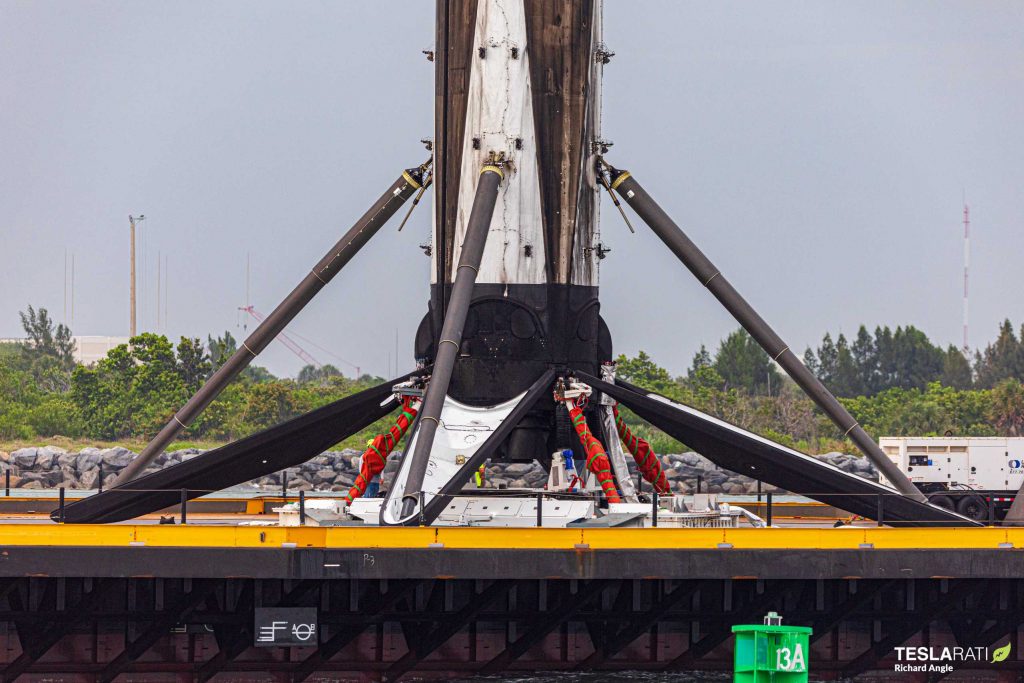
Of course, there are many, many reasons that that might not happen. SpaceX has completed more than two-thirds of its 88 successful launches in the last three and a half years, a little more than a third of the time Falcon 9 has been operational. In those 3.5 years, the company has managed to achieve three launches in a single month on four separate occasions – most recently in January 2020, while the closest SpaceX has come was four launches in 32 days in 2017. As such, a four-launch month wouldn’t exactly be game-changing relative to SpaceX’s past achievements, but it would leave the company on pace for 2020 to be its most productive year yet.
As of now, SpaceX has completed nine launches in a little over five months, pacing towards a tie with 2018, when it completed a record 21 missions. If SpaceX manages four – or even three – launches this month, its moving average for the year will jump to 22 or 24.
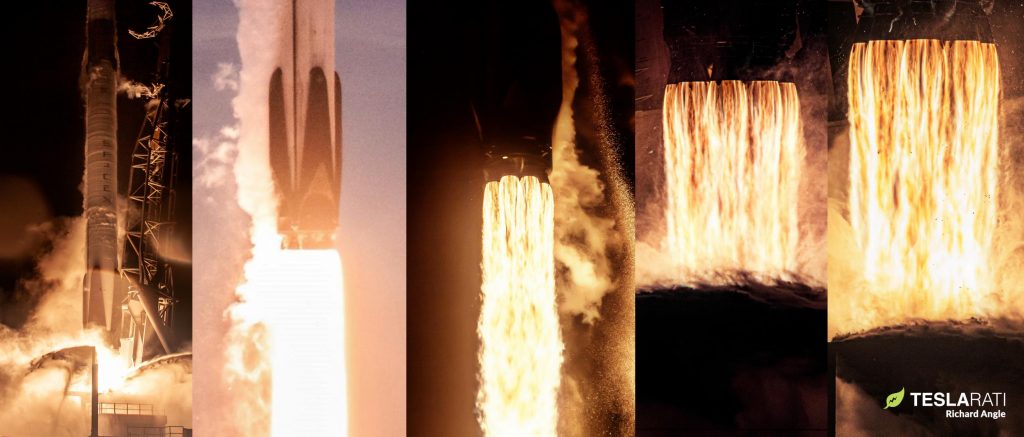
Regardless, a four-launch month is only possible this June because of SpaceX’s recent success upgrading a second drone ship – Just Read The Instructions (JRTI) for East Coast recovery operations. With Starlink V1 L9 and GPS III SV03 scheduled on June 24th and 30th, there would be no way for drone ship Of Course I Still Love You (OCISLY) to head out to sea, return after Starlink V1 L9, and return to its landing zone in the Atlantic in time for another booster recovery.
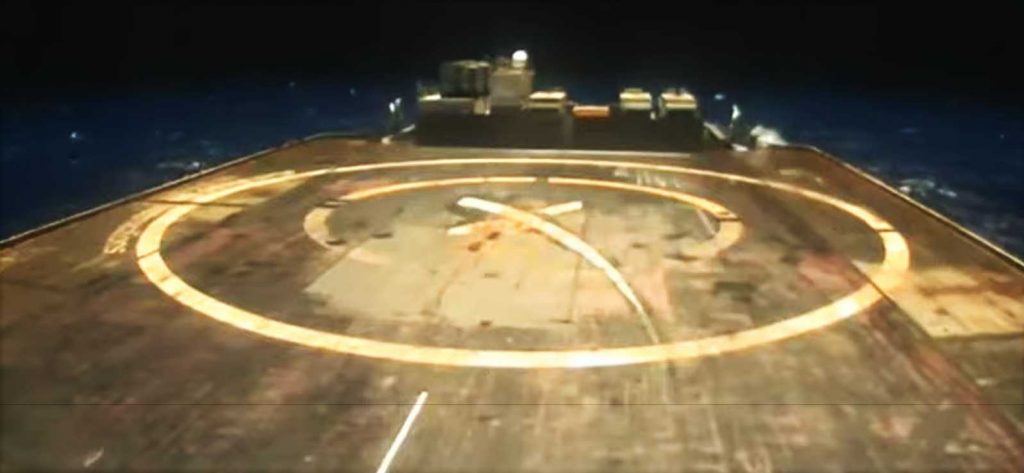
By completing its June 3rd East Coast debut and June 7th return to port, drone ship JRTI can now be considered operational and should offer a new level of flexibility to SpaceX, potentially enabling more than four drone ship landings in a single month. Add in SpaceX’s twin Cape Canaveral Landing Zones (LZ-1/2) and the company should soon have the ability to perform dozens of Falcon 9 launches annually in a repeatable, reliable fashion. At least for the next year or two, SpaceX should have no shortage of payloads – both commercial and internal – to launch as it gradually improves its launch cadence.
SpaceX has 14 commercial launches scheduled in the second half of 2020, while an additional 20-24 Starlink launches were planned around the start of the year. If the company can pull off three Starlink launches this month, it will be on track to complete ~18 this year – more than enough to begin a limited service roll-out to customers around the world. For now, Starlink V1 L8 is scheduled to launch no earlier than (NET) ~5:30 am EDT (09:30 UTC) on Friday, June 12th. Falcon 9 booster B1059, an expendable upper stage, and 60 new Starlink satellites could roll out for their prelaunch static fire anytime within the next few days.
Check out Teslarati’s Marketplace! We offer Tesla accessories, including for the Tesla Cybertruck and Tesla Model 3.

News
Tesla Model 3 named New Zealand’s best passenger car of 2025
Tesla flipped the switch on Full Self-Driving (Supervised) in September, turning every Model 3 and Model Y into New Zealand’s most advanced production car overnight.
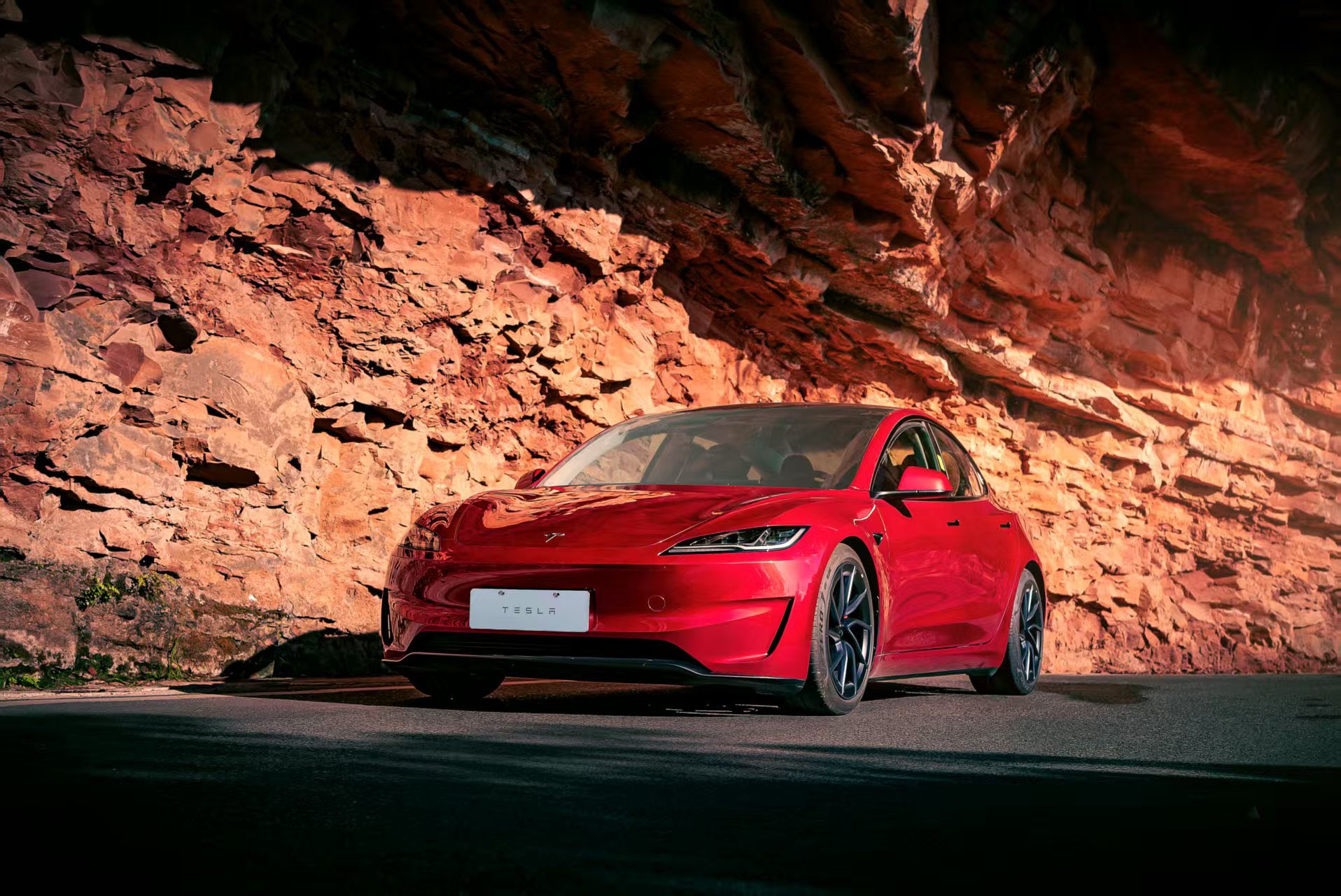
The refreshed Tesla Model 3 has won the DRIVEN Car Guide AA Insurance NZ Car of the Year 2025 award in the Passenger Car category, beating all traditional and electric rivals.
Judges praised the all-electric sedan’s driving dynamics, value-packed EV tech, and the game-changing addition of Full Self-Driving (Supervised) that went live in New Zealand this September.
Why the Model 3 clinched the crown
DRIVEN admitted they were late to the “Highland” party because the updated sedan arrived in New Zealand as a 2024 model, just before the new Model Y stole the headlines. Yet two things forced a re-evaluation this year.
First, experiencing the new Model Y reminded testers how many big upgrades originated in the Model 3, such as the smoother ride, quieter cabin, ventilated seats, rear touchscreen, and stalk-less minimalist interior. Second, and far more importantly, Tesla flipped the switch on Full Self-Driving (Supervised) in September, turning every Model 3 and Model Y into New Zealand’s most advanced production car overnight.
FSD changes everything for Kiwi buyers
The publication called the entry-level rear-wheel-drive version “good to drive and represents a lot of EV technology for the money,” but highlighted that FSD elevates it into another league. “Make no mistake, despite the ‘Supervised’ bit in the name that requires you to remain ready to take control, it’s autonomous and very capable in some surprisingly tricky scenarios,” the review stated.
At NZ$11,400, FSD is far from cheap, but Tesla also offers FSD (Supervised) on a $159 monthly subscription, making the tech accessible without the full upfront investment. That’s a game-changer, as it allows users to access the company’s most advanced system without forking over a huge amount of money.
News
Tesla starts rolling out FSD V14.2.1 to AI4 vehicles including Cybertruck
FSD V14.2.1 was released just about a week after the initial FSD V14.2 update was rolled out.

It appears that the Tesla AI team burned the midnight oil, allowing them to release FSD V14.2.1 on Thanksgiving. The update has been reported by Tesla owners with AI4 vehicles, as well as Cybertruck owners.
For the Tesla AI team, at least, it appears that work really does not stop.
FSD V14.2.1
Initial posts about FSD V14.2.1 were shared by Tesla owners on social media platform X. As per the Tesla owners, V14.2.1 appears to be a point update that’s designed to polish the features and capacities that have been available in FSD V14. A look at the release notes for FSD V14.2.1, however, shows that an extra line has been added.
“Camera visibility can lead to increased attention monitoring sensitivity.”
Whether this could lead to more drivers being alerted to pay attention to the roads more remains to be seen. This would likely become evident as soon as the first batch of videos from Tesla owners who received V14.21 start sharing their first drive impressions of the update. Despite the update being released on Thanksgiving, it would not be surprising if first impressions videos of FSD V14.2.1 are shared today, just the same.
Rapid FSD releases
What is rather interesting and impressive is the fact that FSD V14.2.1 was released just about a week after the initial FSD V14.2 update was rolled out. This bodes well for Tesla’s FSD users, especially since CEO Elon Musk has stated in the past that the V14.2 series will be for “widespread use.”
FSD V14 has so far received numerous positive reviews from Tesla owners, with numerous drivers noting that the system now drives better than most human drivers because it is cautious, confident, and considerate at the same time. The only question now, really, is if the V14.2 series does make it to the company’s wide FSD fleet, which is still populated by numerous HW3 vehicles.
News
Waymo rider data hints that Tesla’s Cybercab strategy might be the smartest, after all
These observations all but validate Tesla’s controversial two-seat Cybercab strategy, which has caught a lot of criticism since it was unveiled last year.
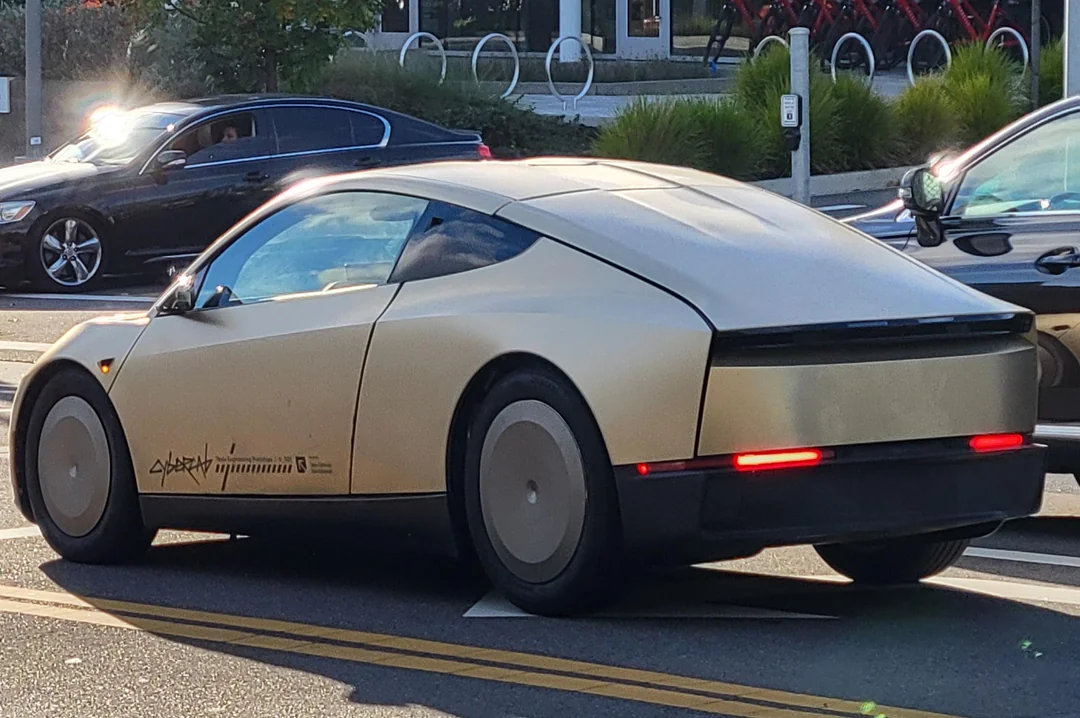
Toyota Connected Europe designer Karim Dia Toubajie has highlighted a particular trend that became evident in Waymo’s Q3 2025 occupancy stats. As it turned out, 90% of the trips taken by the driverless taxis carried two or fewer passengers.
These observations all but validate Tesla’s controversial two-seat Cybercab strategy, which has caught a lot of criticism since it was unveiled last year.
Toyota designer observes a trend
Karim Dia Toubajie, Lead Product Designer (Sustainable Mobility) at Toyota Connected Europe, analyzed Waymo’s latest California Public Utilities Commission filings and posted the results on LinkedIn this week.
“90% of robotaxi trips have 2 or less passengers, so why are we using 5-seater vehicles?” Toubajie asked. He continued: “90% of trips have 2 or less people, 75% of trips have 1 or less people.” He accompanied his comments with a graphic showing Waymo’s occupancy rates, which showed 71% of trips having one passenger, 15% of trips having two passengers, 6% of trips having three passengers, 5% of trips having zero passengers, and only 3% of trips having four passengers.
The data excludes operational trips like depot runs or charging, though Toubajie pointed out that most of the time, Waymo’s massive self-driving taxis are really just transporting 1 or 2 people, at times even no passengers at all. “This means that most of the time, the vehicle being used significantly outweighs the needs of the trip,” the Toyota designer wrote in his post.
Cybercab suddenly looks perfectly sized
Toubajie gave a nod to Tesla’s approach. “The Tesla Cybercab announced in 2024, is a 2-seater robotaxi with a 50kWh battery but I still believe this is on the larger side of what’s required for most trips,” he wrote.
With Waymo’s own numbers now proving 90% of demand fits two seats or fewer, the wheel-less, lidar-free Cybercab now looks like the smartest play in the room. The Cybercab is designed to be easy to produce, with CEO Elon Musk commenting that its product line would resemble a consumer electronics factory more than an automotive plant. This means that the Cybercab could saturate the roads quickly once it is deployed.
While the Cybercab will likely take the lion’s share of Tesla’s ride-hailing passengers, the Model 3 sedan and Model Y crossover would be perfect for the remaining 9% of riders who require larger vehicles. This should be easy to implement for Tesla, as the Model Y and Model 3 are both mass-market vehicles.









